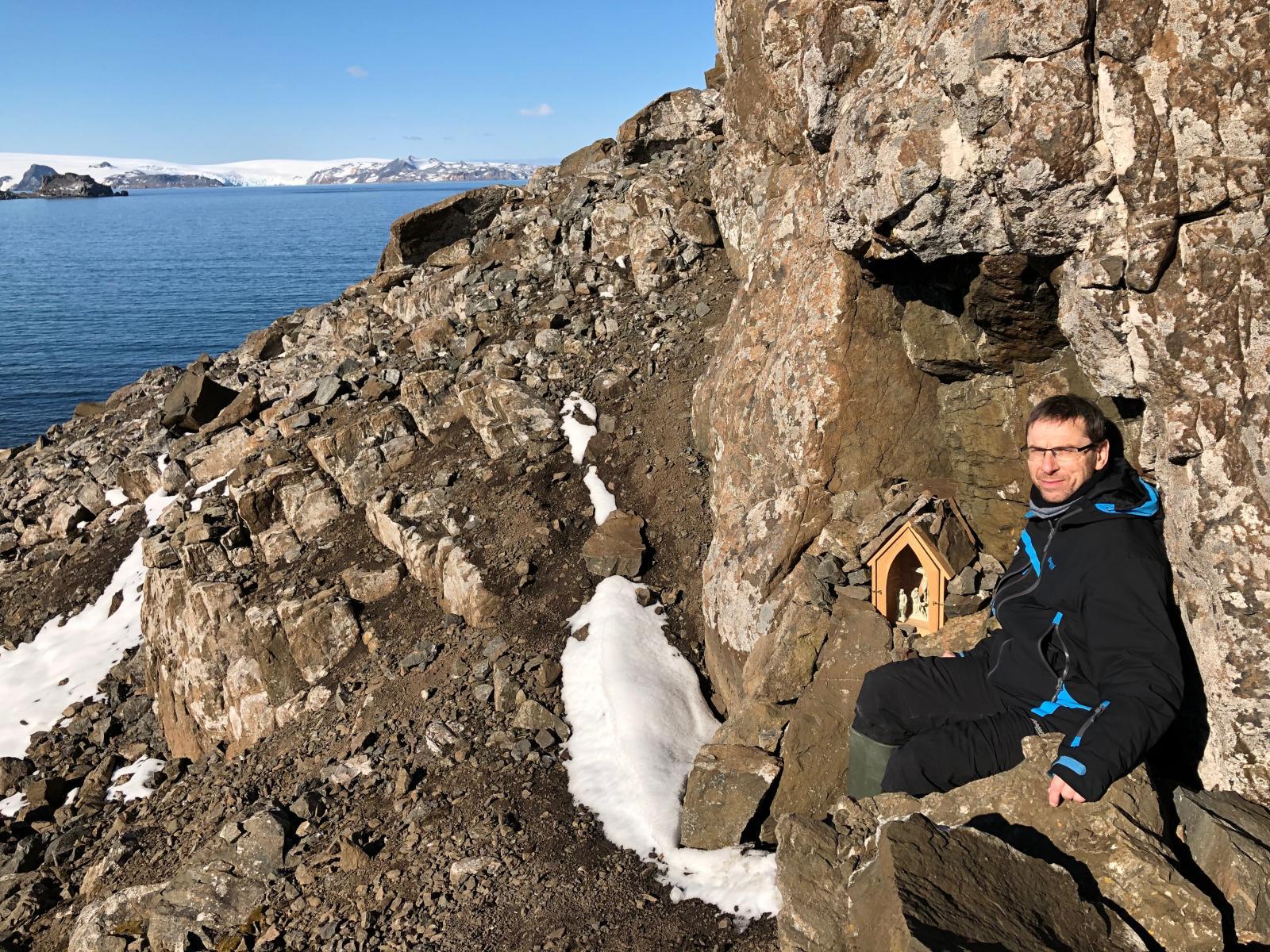MISSION KOSTKA
Další-
1U
Size of the satellite
-
1st
Student satellite in the Czech Republic
-
2023
Year of the mission establishment
-
2025
Year of the planned launch
What is KOSTKA?
KOSTKA is the first project developed by our YSpace team at Brno University of Technology. The aim of this mission is to be the first Czech satellite designed exclusively by students and launched into orbit. It will carry components developed directly by team members, complemented by proven hardware from leading Czech space companies. Throughout the development process, we aim to build a network between academia and the rapidly developing space industry in the Czech Republic that will provide valuable opportunities and experience to all parties involved.
What are the main objectives of the mission?
The KOSTKA mission has several objectives. The primary goal is to test a custom-designed LoRa IoT module developed by YSpace members within the ESA Spectrum Sharing Makerspace program. This module will enable regular data transmission from the polar research station operated by BUT, known as KAPLIČKA. In addition, the satellite will serve the amateur radio community, allowing them to receive data from space. Beyond testing new components, the mission will also help promote the space industry to the general public.
How LoRa modulation works?
LoRa offers key advantages such as high sensitivity, resistance to interference, and low power consumption. This form of spread spectrum modulation uses "chirp" signals whose frequency changes in time (linearly). The direction and rate of this frequency change, known as the 'chirp rate', carries information. Chirp signals spread the energy of the signal over a wide frequency band, which increases immunity to interference and allows detection of signals below the noise floor. Different chirp signals with different chirp rates are orthogonal to each other, allowing multiple signals to be transmitted simultaneously without mutual interference. The advantage of LoRa modulation is its high sensitivity, robustness to interference and low power consumption, which makes it suitable, for example, for satellites in low Earth orbit.
Research station KAPLIČKA
Under the patronage of the of the university's rector, a research station with the working name KAPLIČKA is being prepared. This station will be located on Nelson Island, Antarctica, during a planned expedition in early 2026. The station will not only monitor the climatic conditions in the area, but also measure the amount of droplets present in the air to indirectly determine its pollution. TExtracting measurement data from polar stations typically requires someone to travel to the location in person. Thus, the transfer of data via KOSTKA mission will significantly speed up and reduce the cost of its processing.

The purpose of the mission?
The KOSTKA mission represents the first step for YSpace on the path to space exploration and the popularization of this field. The development of the mission will provide hands-on experience across a variety of fields, from the design of the electronics and mechanical construction of the satellite itself to partner recruitment and marketing of the project. It helps lay a solid foundation for future, more complex missions by establishing partnerships, securing funding and gaining valuable experience. The mission also serves as a stepping stone to the more ambitious CIMER mission, with which the KOSTKA mission deliberately shares much of the components under development.
Responsibility: Bc. Jiřina Kapcárová
